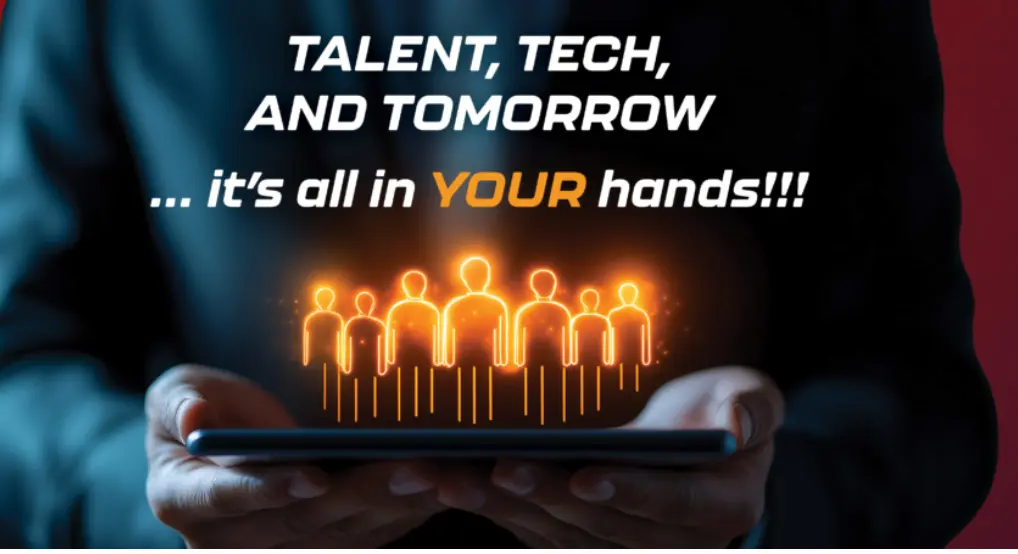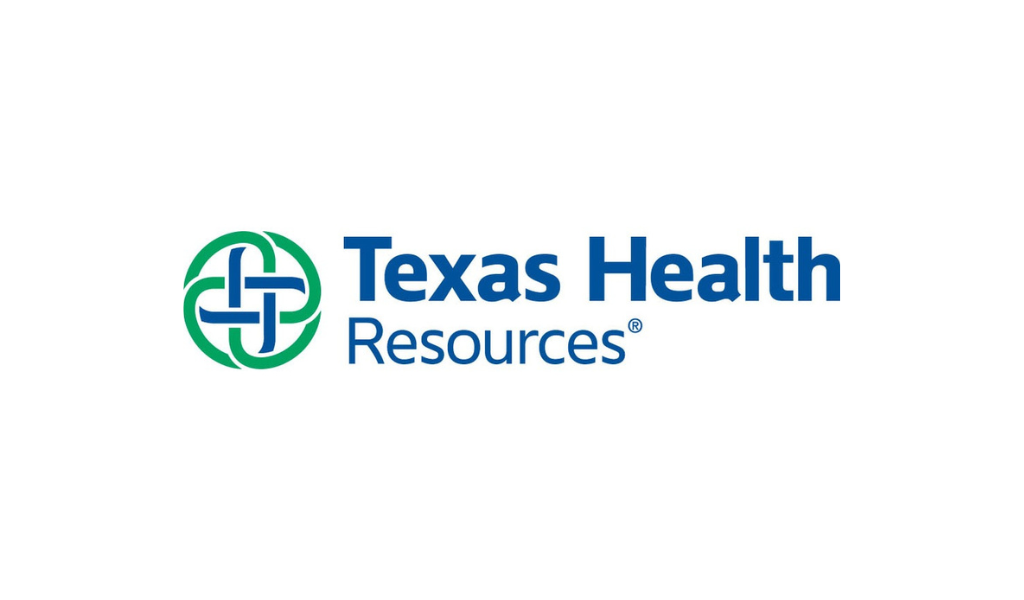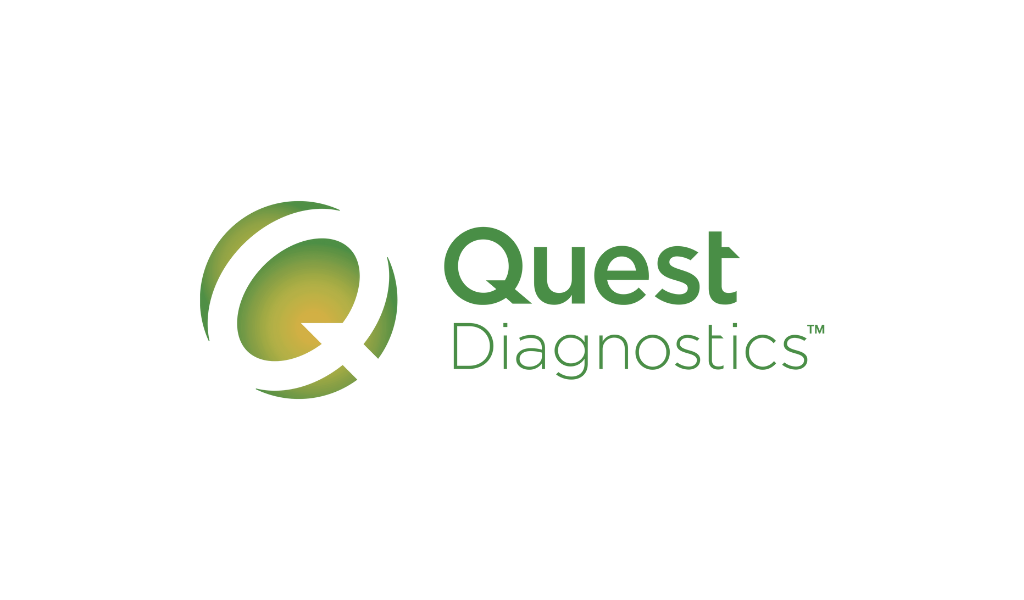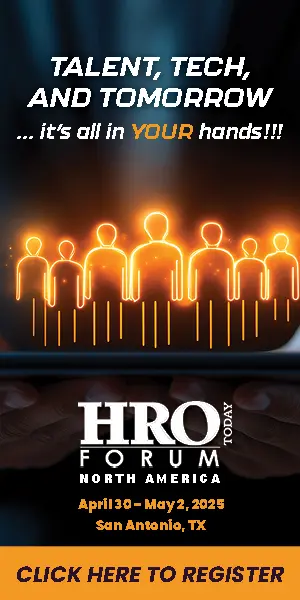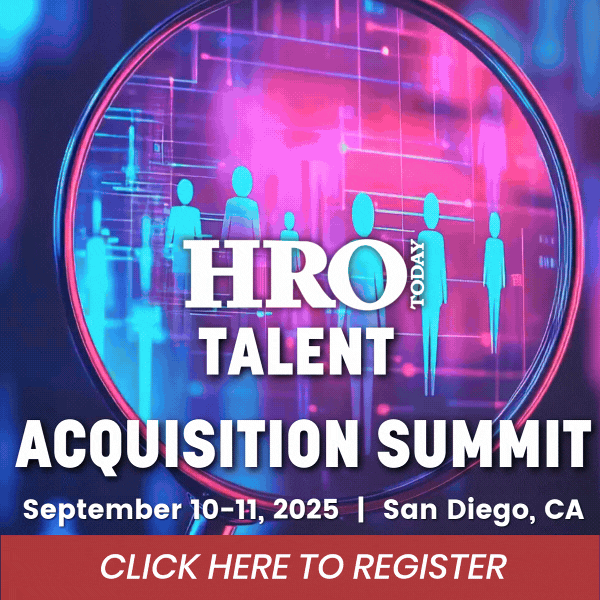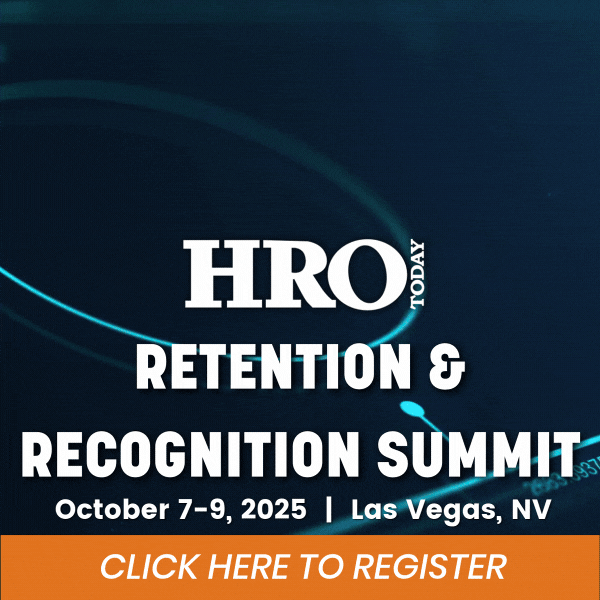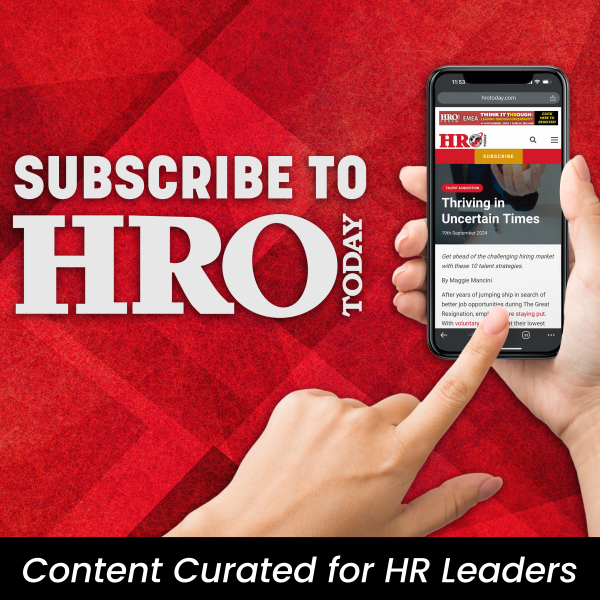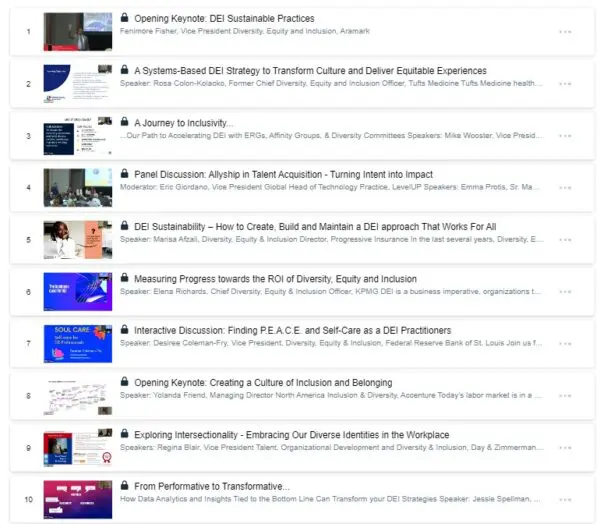HR leaders must address and mitigate unconscious bias in artificial intelligence to recruit, develop, and retain diverse teams.
By Xan Daniels
In their quest for building diverse, equitable, and inclusive workplaces, HR leaders are continually seeking innovative strategies to overcome inherent biases in recruiting and hiring processes. One of the most promising strategies lies in the integration of artificial intelligence (AI) to transform talent acquisition practices. By harnessing the power of data-driven decision-making, AI not only stands to help HR professionals streamline recruitment processes but also serves as a potential tool for helping mitigate unconscious bias and foster diversity as organizations look to bring in a diverse set of candidates.
To achieve these goals, HR must first ensure that AI algorithms are trained on diverse datasets to avoid inadvertently perpetuating biases. They must also continuously monitor and refine the AI systems to ensure fairness and transparency in decision-making. By adhering to a few critical best practices, HR can effectively leverage AI in their search for diverse talent while mitigating the risks of unintended bias.
The Inherent Challenge of Unconscious Bias
When analyzing the landscape of diversity, equity, and inclusion (DE&I) initiatives within the HR function, it’s crucial to recognize these efforts permeate every facet of talent management. From crafting inclusive job descriptions to fostering an environment where all individuals feel valued, the journey towards diversity begins at the recruitment stage. However, traditional hiring processes often inadvertently perpetuate biases, leading to a lack of diversity within organizations.
For instance, research indicates that women are less likely to apply for roles if they don’t meet all of the listed qualifications. This highlights the significance of language in job descriptions and advertisements, which can inadvertently deter certain demographics from applying. By recognizing this barrier, HR teams can strategically leverage AI to implement processes that evaluate job descriptions for gendered or exclusionary language, thereby attracting a broader pool of candidates.
Early adopters of AI-driven recruiting software have reported significant reductions in cost per candidate screen and staff turnover, underscoring the efficacy of data-driven decision-making.
Unlocking Efficiency with AI in Recruiting
Traditional recruiting processes are not only time-consuming, but they are also prone to human error and bias. With HR teams typically handling dozens of open requisitions and hundreds of resumes at any given time, the need for efficiency and accuracy is paramount. AI offers a transformative solution by automating initial tasks, such as resume screening and candidate matching, enabling recruiters to focus on more strategic matters, like better understanding a candidate’s experience beyond the resume and analyzing their soft skills to see if they would be a good cultural fit.
Early adopters of AI-driven recruiting software have reported significant reductions in cost per candidate screen and staff turnover, underscoring the efficacy of data-driven decision-making. Moreover, AI enhances the candidate experience by facilitating personalized interactions and streamlined communication channels, thereby bolstering employer branding efforts.
Mitigating Bias through AI Algorithms
A key advantage of AI lies in its ability to mitigate unconscious bias that is often ingrained within traditional recruiting processes. By analyzing vast datasets, AI algorithms can identify and eliminate patterns that perpetuate bias, ensuring fair and equitable candidate selection. Strategies such as parallel algorithms and post-processing techniques help reduce bias throughout the recruitment journey, from initial screening to final selection.
Striking a Balance
While HR teams have much to gain from utilizing AI, it’s essential to remain vigilant against potential pitfalls, such as privacy concerns and algorithmic bias. HR teams must prioritize transparency and accountability in AI-driven decision-making to build trust with candidates and mitigate regulatory risks. The “H” in HR is still essential and human oversight, along with governance frameworks, are crucial to any AI strategy. This is especially relevant as the Department of Labor recently announced more regulations and penalties for companies who are using AI to aid their HR teams in the candidate selection process, but are not doing their due diligence to ensure they are containing bias.
AI offers undeniable benefits in terms of efficiency and objectivity, but HR professionals must strike a balance between automation and human interaction. A lack of human touch in the recruitment process could deter candidates and undermine employer efforts. Therefore, it’s crucial to leverage AI as a complement to human judgment, rather than a replacement.
Moreover, HR teams must continually evaluate and refine their AI strategies to ensure alignment with diversity, equity and inclusion objectives. By incorporating feedback mechanisms and regular audits, organizations can uphold ethical standards and foster a culture of inclusivity.
The integration of AI in recruiting holds immense potential for driving diversity, equity, and inclusion within organizations. By leveraging data-driven insights and innovative technologies, HR can reduce unconscious bias and unlock new pathways for talent acquisition. However, success hinges on strategic planning, transparency, and a commitment to fostering human connections amidst technological advancement.
Xan Daniels is vice president of inclusion and diversity at Alight Solutions.


